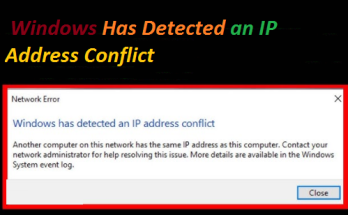In this article, I’ll show you how to calibrate an external monitor mac. The colors on your Mac don’t look suitable if you want to admit that. This even becomes truer when you use an external display that isn’t manufactured by Apple. Editing photos and videos on a display doing nothing to recalibrate it might make your works look terrible.
Apple is aware that things may not look exactly as you want out of the box, and they offer solutions to help recalibrate your display specifically for your work. For instance, tune the colors on your display to ensure that your Photoshop edits look just right.
In this article, I’ll show you how to calibrate a monitor on the macOS operating system. Regardless of whether you’re optimizing for optimum brightness or color accuracy, there’s always a better way to calibrate your Mac’s monitor, and I’ll show you that here.
What Does It Mean to Calibrate Your Mac Monitor?
If you’re a regular computer user, you’ll notice that display calibration is not something that you’ve tried. However, it’s crucial to learn what these computer lingos mean to avoid looking like a dummy when you hear them being used in the real world. With that said, what does calibrating a display mean?
Calibrating a monitor is making it display in a way that fits a specific set of standards to make it optimal for a specific work. In most cases, photo and video editors do color calibration to ensure they’re looking at the most accurate representation of colors as they do their work.
There are many advantages to calibrating a monitor, with a consistent outlook of colors being the most important one. When you perfect your monitor’s calibration, images will not only look true-to-life, but they’ll also be consistent across different monitors and on print.
As explained earlier, there’s no real reason for color calibration on the monitor of a computer enthusiast who doesn’t work with colors professionally. While there’s nothing bad in calibrating your monitor just for the fun of it, there are chances you’ll make the colors look worse if you don’t do it properly.
Calibrating a monitor properly requires a device known as a spectrometer. While you don’t expressly need the device to calibrate your Mac’s monitor, doing the calibration without it is akin to driving at night without headlights.
How to Set Your Mac Up for Display Calibration
There are certain things that you must put in place before you calibrate your display. Besides the tools you’ll need, there are specific ways to set your Mac’s display and its environment to ensure that external factors aren’t impacting the image you’re seeing on your monitor.
Here are some of the external factors to consider before calibrating your monitor on your Mac.
Ambient Lighting
Before starting the calibration process, it’s important to set up the room to have roughly the same amount of ambient light that you normally work in. If you typically work in a dark room, they should do the calibration in a dark room.
Brightness Level
You should also ensure that your monitor is at maximum brightness before calibrating the display. That way, you can fine-tune it carefully until you arrive at just the right brightness level to make every color that you work with look right.
Display Enhancements
If you have any enhancements active on your Mac’s display, consider turning them off before proceeding with the calibration. Some of the most popular enhancements that ruin display calibration on Macs include True Tone and Night Shift. If you have any of those enabled, take the extra minute to turn them off before starting the process.
how to calibrate external monitor mac
- Connect the display to your MacBook. Make sure it is detected.
- Open the System Preferences app.
- Go to the Display preference in the last row.
- Go to the Display preference window that is open on the external screen. Ignore the one that is open on the internal screen.
- Go to the Colour tab.
- You will see multiple color profiles. You can select any of them, though it’s best to select one that is supported by the monitor. Click the Calibrate button.
- Follow the on-screen steps. You only need to stop and provide input for the White Point step. You can leave it set to the native point, or you can change it to a higher or lower value.
- Enter a name for the new profile, and the display will be calibrated



